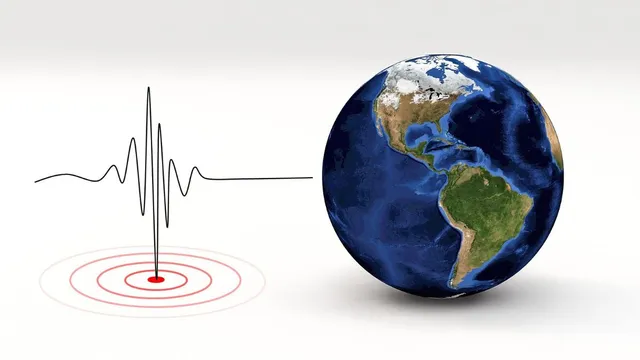- By Ajeet Kumar
- Tue, 22 Jul 2025 08:10 AM (IST)
- Source:JND
A magnitude 6.4 earthquake struck off the east coast of the Kamchatka region in Russia on Tuesday, the European Mediterranean Seismological Centre (EMSC) said. The quake was at a depth of 28 km (17.4 miles), EMSC said. This was the sixth tremors felt in the region in the past two days.
The Kamchatka Peninsula is the meeting point of the Pacific and North American tectonic plates, making it a seismic hot zone.
7.4 earthquake struck Kamchatka region on Sunday
Earlier on Sunday, magnitude 7.4 earthquake struck near the coast of the Kamchatka region in the far east of Russia, earthquake monitoring agencies said. The earthquake struck off the east coast of Kamchatka at a depth of 10 km, shortly after a previous quake, according to the German Research Centre for Geosciences (GFZ) data.
READ: Top 10 Tsunami-Prone Countries In The World: Tsunami Threat Over Russia After Massive Earthquakes
The European Mediterranean Seismological Centre (EMSC) showed the earthquake to be of 7.4 magnitude. GFZ also updated the quake to a 7.4 magnitude after first reporting it at 6.7 magnitude. The U.S. National Tsunami Warning Center had initially issued a tsunami watch for the state of Hawaii, which was cancelled shortly afterwards.
Russia's state-run TASS news agency later reported that a tsunami warning for Kamchatka was also lifted, citing local emergency services. Earlier, waves of up to 60 cm had been expected to reach several parts of the region, including the capital, Petropavlovsk-Kamchatsky.
Shallow earthquakes are generally more dangerous than deep earthquakes. This is because the seismic waves from shallow earthquakes have a shorter distance to travel to the surface, resulting in stronger ground shaking and potentially more damage to structures and greater casualties.
Tsunami warning issued
Previously, a tsunami warning was issued for parts of coastal Alaska after an earthquake in the Gulf of Alaska, according to the US Tsunami Warning System, The New York Times reported.
A tsunami warning is the most urgent alert issued by the National Weather Service in the United States, and it means that people should move to higher ground or go inland. A tsunami advisory means people should get out of coastal waters and stay away from beaches and waterways. A tsunami watch means experts are evaluating the threat, so stay tuned for further information.
The Alaska-Aleutian subduction system is one of the most seismically active globally, producing more than M8 earthquakes over the last century than any other. Many of these earthquakes, as well as coastal and submarine landslides, create tsunamis. The region contains over 130 volcanoes and volcanic fields, and contains well over three-quarters of US volcanoes that have erupted in the last two hundred years.
(With inputs from agencies)

